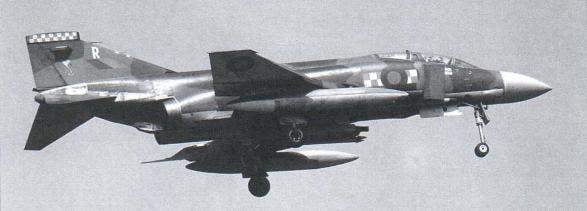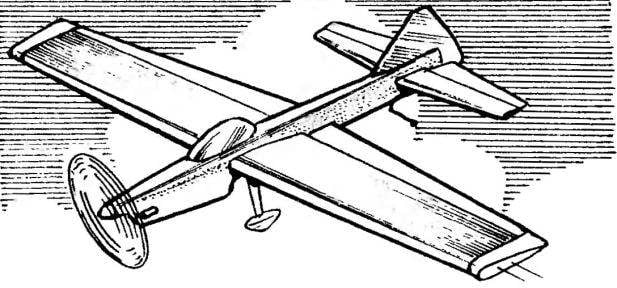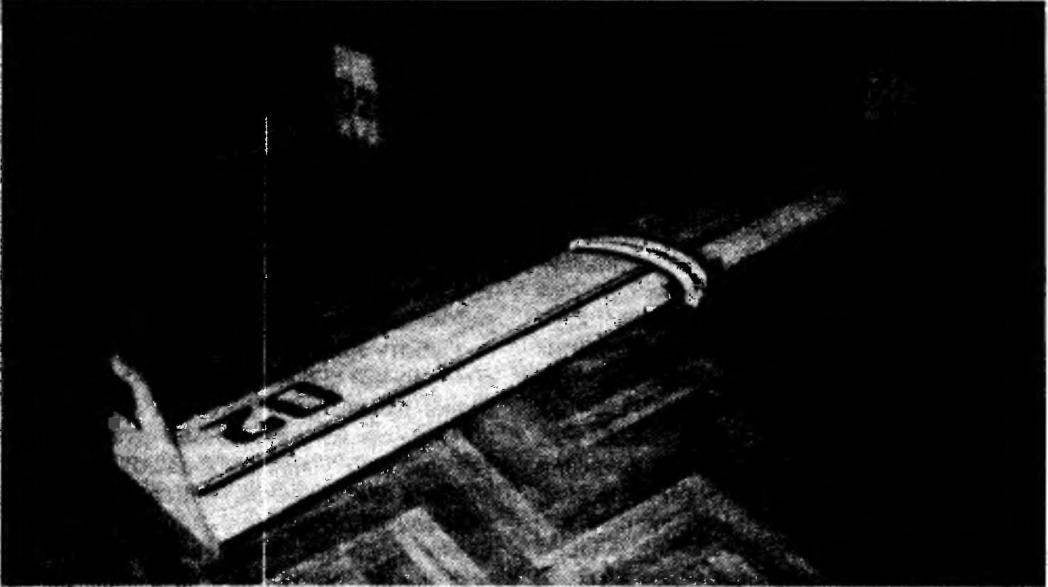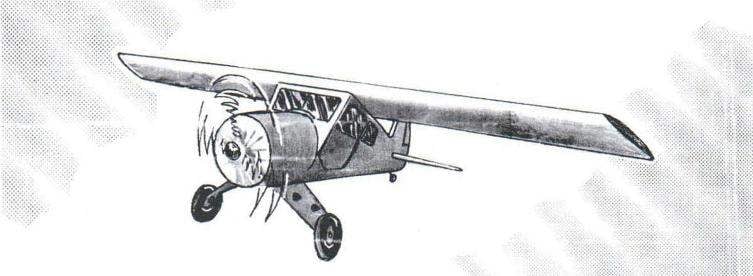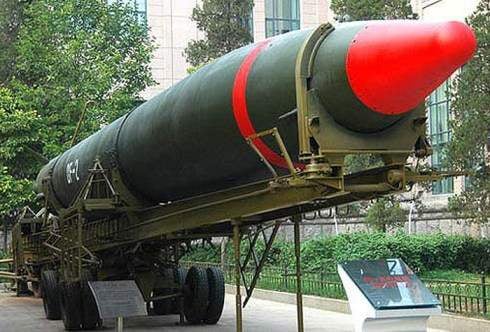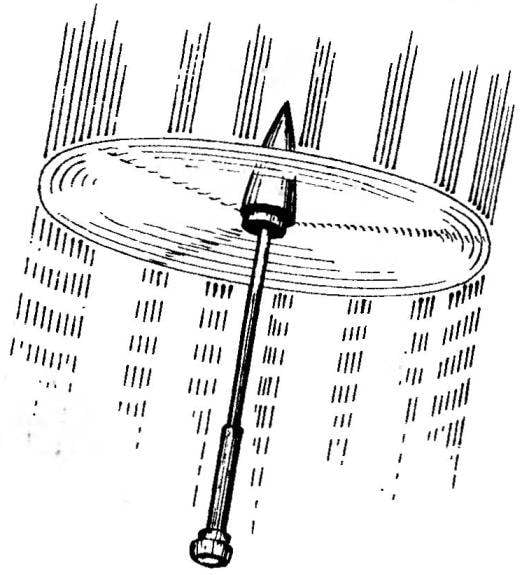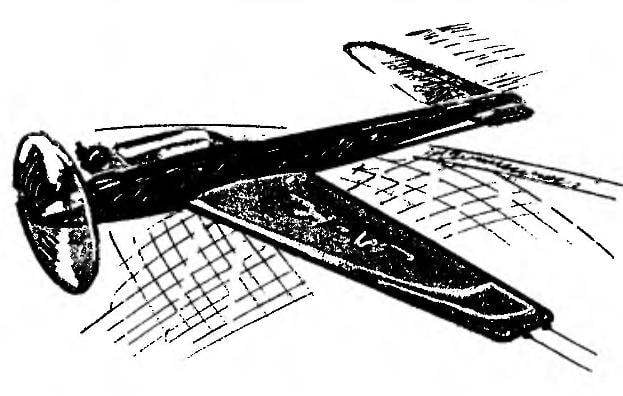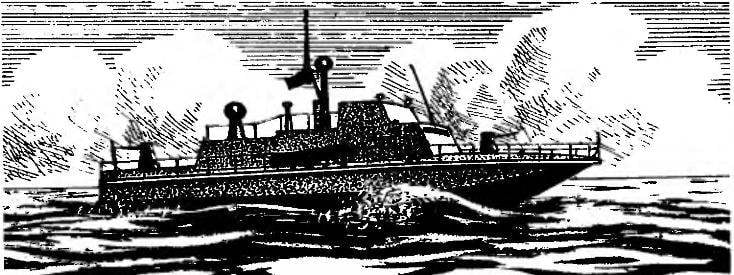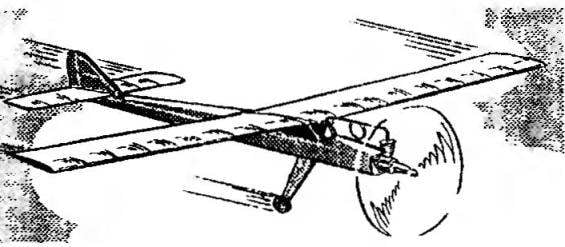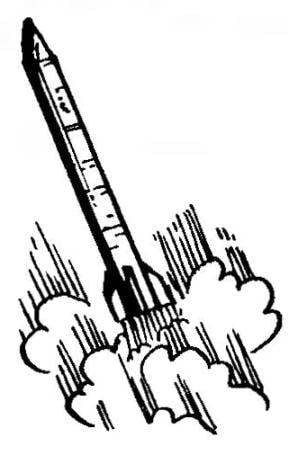 In the beginning 1960-ies to the leadership of the British Navy faced the problem of replacement fighter aircraft “sea vixen” (Sea Vixen) more modern machine. First, the sailors wanted to buy from your company “Hawker Siddle” (Hawker Siddeley) supersonic aircraft vertical takeoff R. 1154. But because of its high cost and the inevitability of problems in development, they turned their attention to the American Phantom, which was relatively cheaper and did not require a large investment of time to create.
In the beginning 1960-ies to the leadership of the British Navy faced the problem of replacement fighter aircraft “sea vixen” (Sea Vixen) more modern machine. First, the sailors wanted to buy from your company “Hawker Siddle” (Hawker Siddeley) supersonic aircraft vertical takeoff R. 1154. But because of its high cost and the inevitability of problems in development, they turned their attention to the American Phantom, which was relatively cheaper and did not require a large investment of time to create.
World of models
CORD CLASS F2B
 Beginners only pilots first, as a rule, “fly” for simple models, is designed for small “cubic capacity” of the engine. They learn to manage to work out a complex aerobatic figures. Over time, performance of simple models no longer satisfy them. There is a desire to build a more serious and heavier the aircraft under the engine more “cubing”. And this is not surprising because in such a model, the flight characteristics much better.
Beginners only pilots first, as a rule, “fly” for simple models, is designed for small “cubic capacity” of the engine. They learn to manage to work out a complex aerobatic figures. Over time, performance of simple models no longer satisfy them. There is a desire to build a more serious and heavier the aircraft under the engine more “cubing”. And this is not surprising because in such a model, the flight characteristics much better.
GLIDER IS AVAILABLE FOR BEGINNERS
 Model glider, which we would like to tell the readers of the magazine, was built of the most simple and cheap materials. I think that its design will be of interest to novice modelers. After all, despite any economic problems, the fascination of students with model airplanes has not waned, and only the lack of materials needed to make models that can reduce infantile interest in it.Our model of a glider was built and tested in the fall of 1998. It is easy to manufacture, easy to debug, and makes a beautiful long flights. Well, it can be done not only in the aeromodelling circle, but also at home.
Model glider, which we would like to tell the readers of the magazine, was built of the most simple and cheap materials. I think that its design will be of interest to novice modelers. After all, despite any economic problems, the fascination of students with model airplanes has not waned, and only the lack of materials needed to make models that can reduce infantile interest in it.Our model of a glider was built and tested in the fall of 1998. It is easy to manufacture, easy to debug, and makes a beautiful long flights. Well, it can be done not only in the aeromodelling circle, but also at home.
WITH ELEKTROLETA ON A WALK

THE WAY TO “EAST”

THREE BLADES ARE MORE RELIABLE
 We continue to publish models of rotochutes — winning flying competition for the Cup named after S. P. Korolev. Model Cup holder yurtaeva S. (Moscow) are described in the “Modelis-the-designer”, No. 4, 1999 Today we offer developed by the Tsentr detskogo tvorchestva g. Nizhnekamsk, under the leadership of teacher A. N. Rossiia rotocut, which was the prize-winner of these competitions V. Stolyarov. Model rotocut class Ѕ9А — lobed. The fuselage is in two parts: the rod and propulsion of the container; the connection — telescopic.
We continue to publish models of rotochutes — winning flying competition for the Cup named after S. P. Korolev. Model Cup holder yurtaeva S. (Moscow) are described in the “Modelis-the-designer”, No. 4, 1999 Today we offer developed by the Tsentr detskogo tvorchestva g. Nizhnekamsk, under the leadership of teacher A. N. Rossiia rotocut, which was the prize-winner of these competitions V. Stolyarov. Model rotocut class Ѕ9А — lobed. The fuselage is in two parts: the rod and propulsion of the container; the connection — telescopic.
HIGH-SPEED ASYMMETRIC

ROCKET FROM THE SPORTING PAST
 a Spectacular high-speed radio-controlled model-polyopia missile boats based on the hull of the sports racing model, has been one of the trends of creation of ships with dynamic principles of maintenance, the moving in partial planing. For such ships ostroslovy distinctive lines and a constant deadrise of the aft part of the hull.
a Spectacular high-speed radio-controlled model-polyopia missile boats based on the hull of the sports racing model, has been one of the trends of creation of ships with dynamic principles of maintenance, the moving in partial planing. For such ships ostroslovy distinctive lines and a constant deadrise of the aft part of the hull.
FUEL TANK — CO2

TACTICAL SIXTIETH
 (Model-a copy of the R-17). In October 1950, S. P. Korolev, the former at that time Chief designer of the Department of NII-88, involved in the ballistic long-range missiles, appealed to the government to develop a new missile to replace the obsolete P-1 was created, as you know, on the basis of the German V-2 (A-4). The proposal was supported, and in November 1951 a draft design was completed.The new missile was supposed to be more “simple and cheap to manufacture and easy to operate”. It was planned to use designed for anti-aircraft missiles V-300 liquid-propellant rocket engine operating on nitric acid and kerosene tractor with pressurization fuel supply system.
(Model-a copy of the R-17). In October 1950, S. P. Korolev, the former at that time Chief designer of the Department of NII-88, involved in the ballistic long-range missiles, appealed to the government to develop a new missile to replace the obsolete P-1 was created, as you know, on the basis of the German V-2 (A-4). The proposal was supported, and in November 1951 a draft design was completed.The new missile was supposed to be more “simple and cheap to manufacture and easy to operate”. It was planned to use designed for anti-aircraft missiles V-300 liquid-propellant rocket engine operating on nitric acid and kerosene tractor with pressurization fuel supply system.
